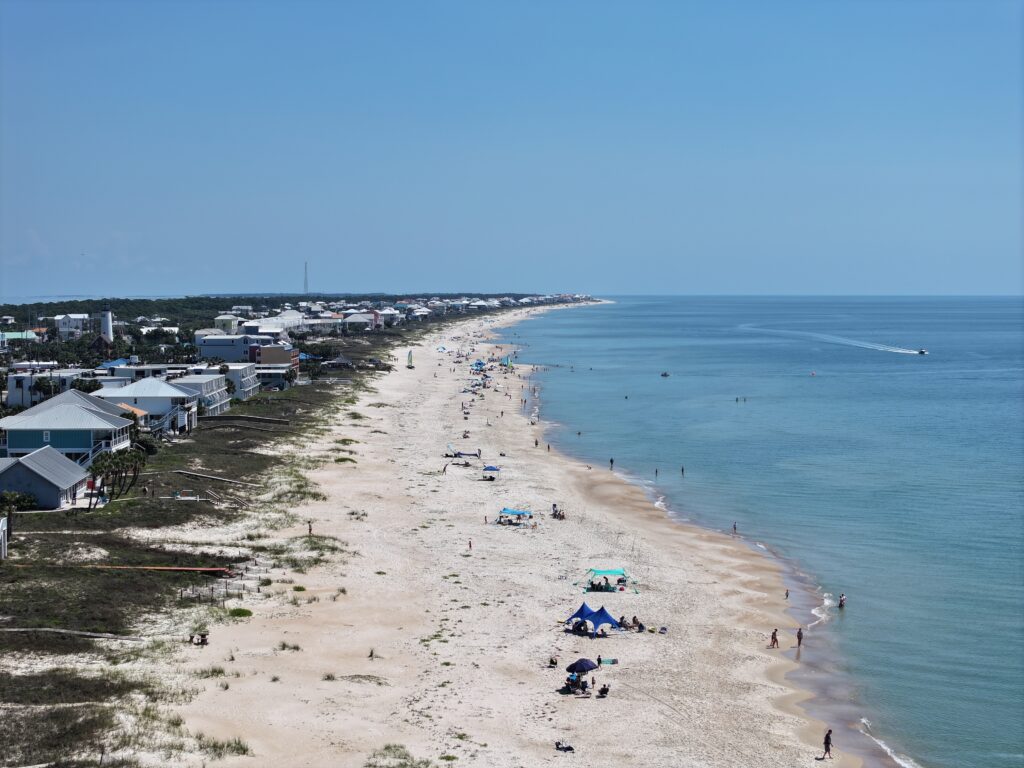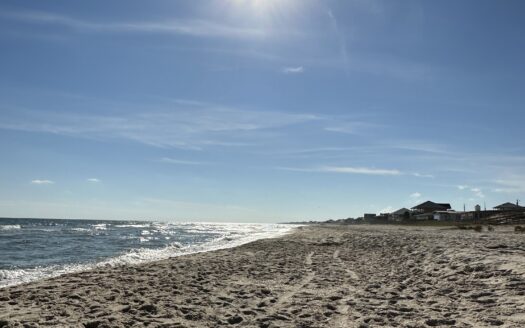Staying High and Dry: Essential Tips for Flood Zones When Buying Waterfront Property

“Alright, picture this: you’ve found that perfect waterfront property. The views are killer, you can practically roll out of bed and into the water… it’s the dream, right? Well, hold on a sec, partner. Before you sign on the dotted line, there’s a crucial piece of the puzzle you absolutely cannot ignore: flood zones. Trust me on this one, I’ve seen folks get caught out, and it ain’t pretty. Waking up to water lapping at your doorstep when it’s not supposed to be? Not my idea of paradise! So, let’s get down to the nitty-gritty of how to understand those pesky flood zones and make sure your waterfront dream doesn’t turn into a soggy nightmare. It’s all about being smart and doing your homework!”
Understanding Flood Zones: The Basics You Need to Know
“Okay, so what exactly is a flood zone? Basically, it’s an area that the Federal Emergency Management Agency (FEMA) has mapped out as having a higher risk of flooding. These maps aren’t just some random guesses; they’re based on historical data, terrain, and a whole bunch of scientific stuff. Different zones have different levels of risk, and understanding these designations is the first step in staying dry.
You’ll hear terms like ‘AE zone,’ ‘VE zone,’ ‘X zone’ – it can sound like alphabet soup, I know! But here’s the gist: zones starting with ‘V’ (like VE) are typically the highest risk, coastal areas that can experience high-velocity wave action during storms. Zones starting with ‘A’ (like AE) are also high-risk areas that can be inundated by floodwaters. The ‘X zone’ is generally considered a low-to-moderate risk. Knowing these basic categories can give you a good initial idea of the potential risks associated with a property. Don’t just gloss over this stuff; it can save you a ton of heartache and money down the line!”
The Cardinal Rule: Always Check the Flood Maps
“This might seem like a no-brainer, but you’d be surprised how many people skip this crucial step. Before you even think about making an offer on a waterfront property, always check the FEMA flood map. You can usually find these online through the FEMA website or your local county’s website. Just punch in the property address, and it’ll show you what flood zone it’s in. http://www.msc.fema.gov
Don’t just look at the zone designation, though. Zoom in and really see how the flood zone lines run in relation to the property. Is the house entirely within a high-risk zone? Is only a corner of the lot in a flood zone? These details matter. And remember, flood maps can change over time, so make sure you’re looking at the most current version. It’s like checking the weather forecast before you head out for the day – you want to be prepared for any potential storms!”

Digging Deeper: Beyond the Maps – Elevation Certificates
“Okay, you’ve checked the flood maps, and maybe the property appears to be in a lower-risk zone. Great! But don’t stop there. An elevation certificate is another incredibly valuable piece of information. This document, prepared by a licensed surveyor, provides the exact elevation of the property and its relation to the base flood elevation (BFE) – the estimated height floodwaters are expected to reach in a specific area.
An elevation certificate can give you a much more precise understanding of the actual flood risk for a specific property. For example, a house might be technically in an AE zone, but if it’s built significantly above the BFE, the risk might be lower. Conversely, a property that appears to be in a lower-risk zone on the map might actually be more vulnerable if its elevation is low. Asking the seller for an existing elevation certificate is a smart move. If they don’t have one, it might be worth getting one yourself during the inspection process. It’s an extra cost, sure, but it can provide invaluable peace of mind.”
Smart Questions to Ask Your Realtor and the Seller
“Don’t be shy about asking questions! Your realtor should be knowledgeable about flood risks in the area, and the seller has a responsibility to disclose any known flooding issues. Here are some key questions to ask:
- “What is the official FEMA flood zone designation for this property?”
- “Has this property ever experienced flooding?” If so, get details about the extent and frequency.
- “Do you have an elevation certificate for the property?” If so, ask to see it.
- “What is the base flood elevation (BFE) in this area?”
- “What is the current flood insurance premium for this property?” This can give you a real-world idea of the perceived risk.
- “Have there been any changes to the flood maps in this area recently or are any anticipated?”
Don’t just take their word for it, though. Verify their answers with your own research and by consulting with experts. It’s your investment and your safety on the line!”
Paying Attention to the Landscape and Property Features
“Sometimes, the land itself can give you clues about potential flood risks. Look for things like:
- Low-lying areas: Properties situated in natural depressions or near the bottom of slopes are generally at higher risk.
- Proximity to water bodies: While being close to the water is the appeal of waterfront property, consider the natural flow of water during heavy rains or high tides.
- Drainage patterns: Observe how water flows on and around the property. Are there areas where water tends to pool?
- Elevated construction: Homes built on stilts or elevated foundations are often designed to mitigate flood risk in higher-risk areas. This can be a good sign.
While these visual cues aren’t a substitute for official flood maps and elevation certificates, they can add another layer of understanding to the potential risks.”
“Buying waterfront property is an exciting prospect, but knowing flood zones should be a top priority. By understanding flood zone designations, always checking the FEMA maps, seeking out elevation certificates, asking the right questions, and paying attention to the landscape, you can make a much more informed decision and protect your investment and your peace of mind. Don’t let the allure of the water blind you to the potential risks. Do your homework, be diligent, and you can enjoy all the benefits of waterfront living without the worry of waking up to a flooded living room. Have you had any experiences with flood zones or waterfront property? Share your tips and stories in the comments below – we can all learn from each other!”




